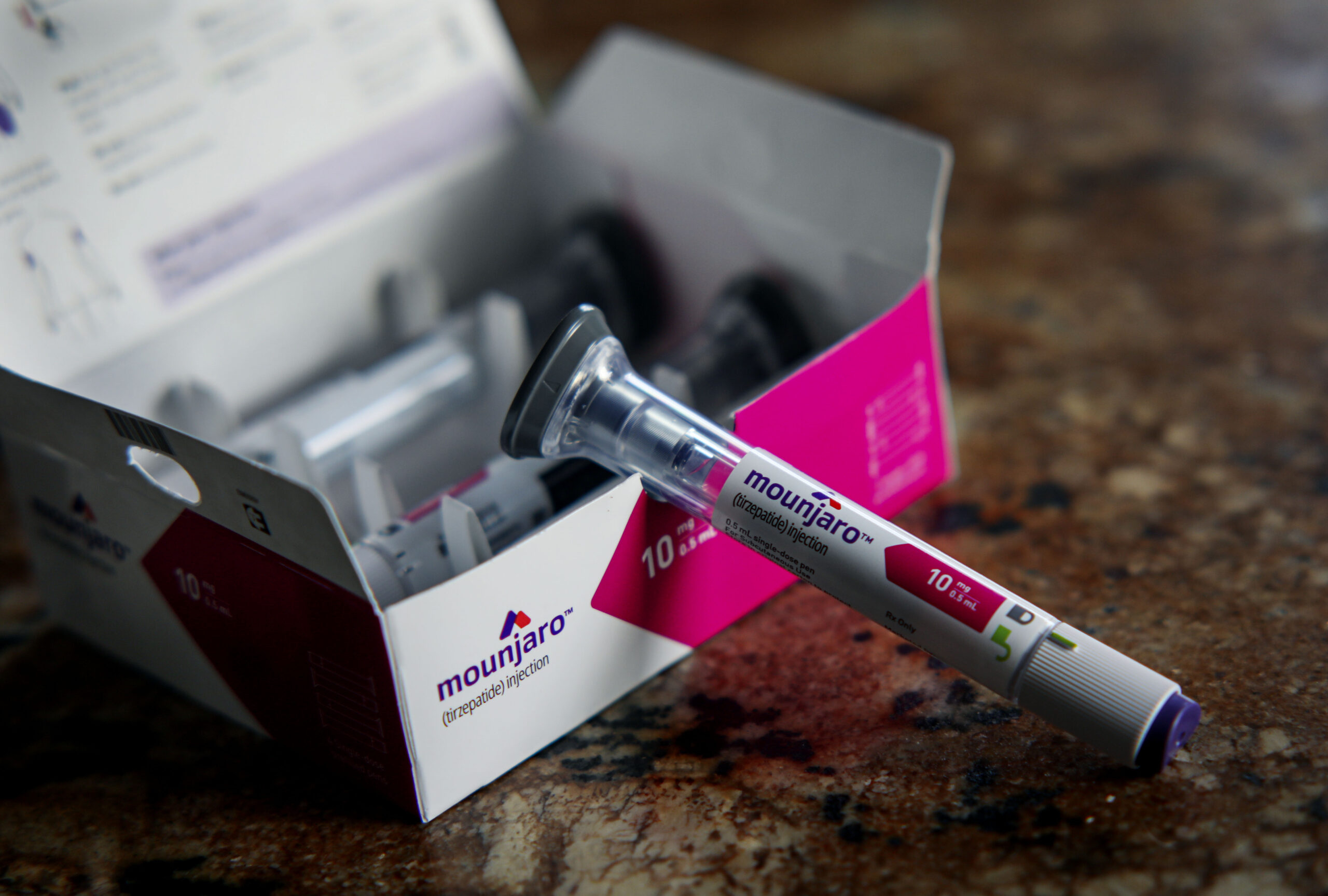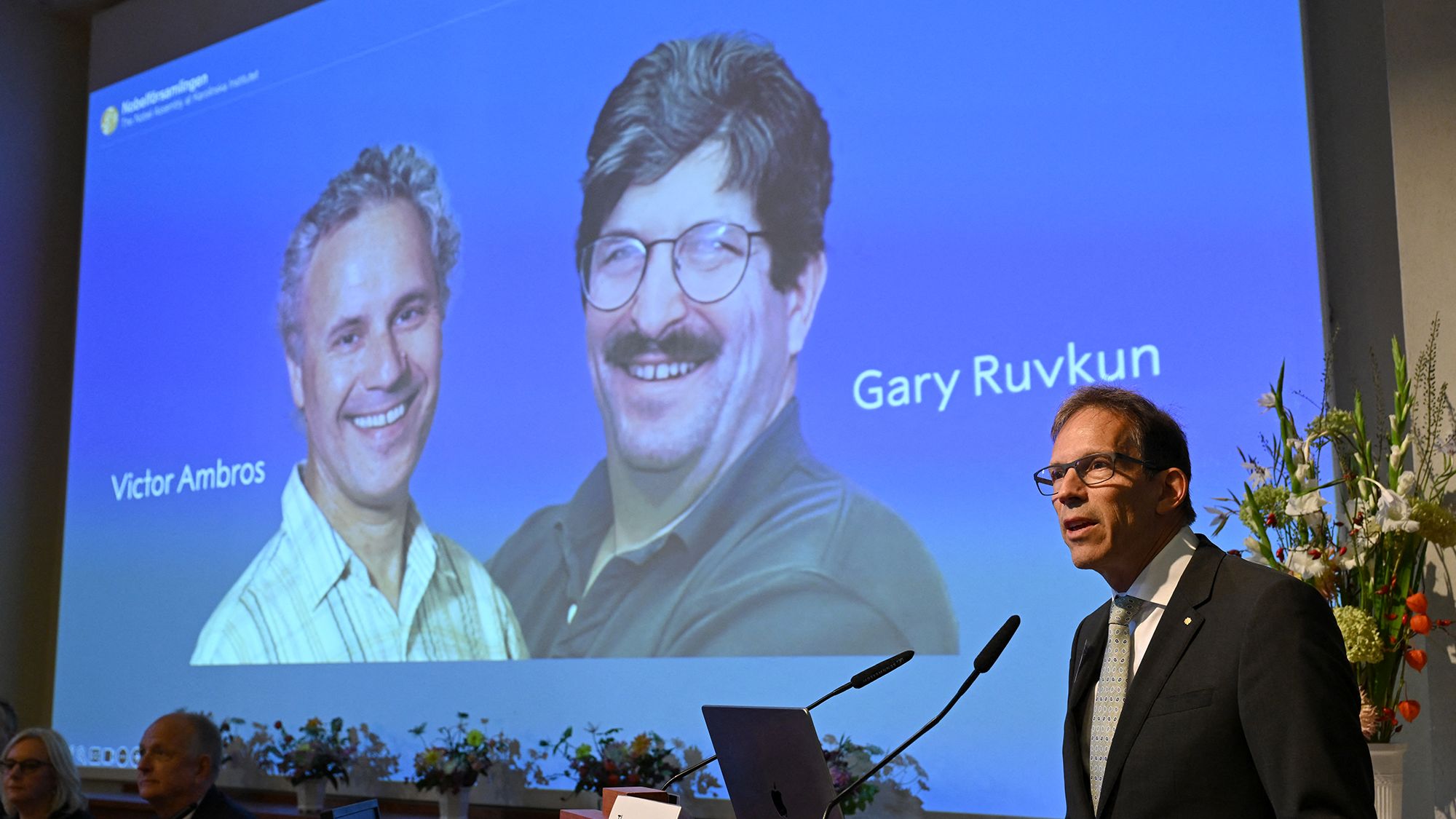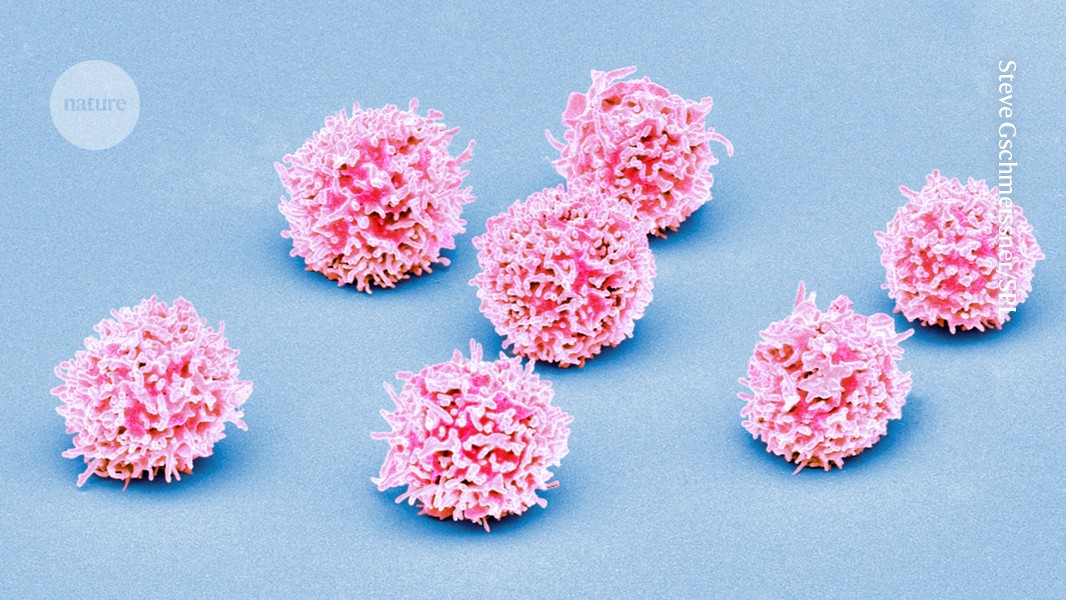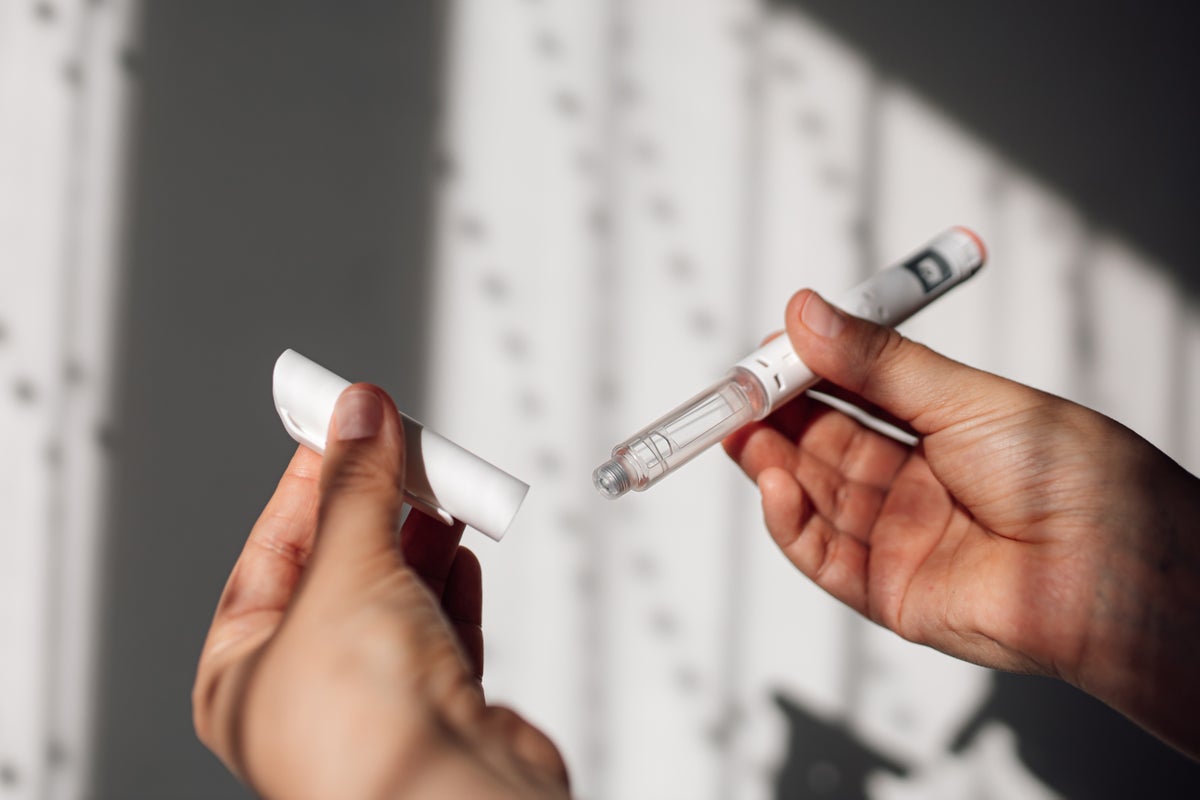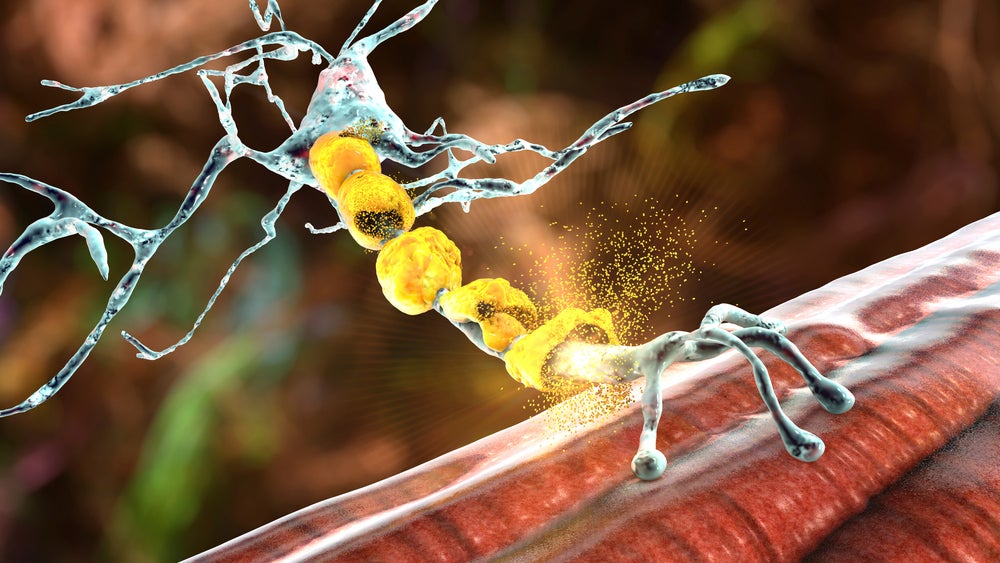Medicine
 theconversation.com
theconversation.com
cross-posted from: https://lemmy.ca/post/31063000 > Intro section below: > > > Seventy-five per cent of health care in Canada is provided at home by unpaid family caregivers. Not only is this essential health-care work often unrecognized and under-supported, it is rapidly changing. > > > > Since the COVID-19 pandemic, many health-care appointments have shifted to telephone and videoconferencing. This change in the mode of health-care delivery has now become more fully integrated into the Canadian health-care system. > > > > While a lot of policy and research has focused on the impact of this transition on doctors and patients, these changes also have important implications for caregivers. > > > > With a growing portion of Canadians opting to age in place at home, family members will increasingly be relied upon to provide care. However, unlike professional health-care workers, family caregivers are generally not compensated for their labour. > A middle-aged man helping an older man take his medication > With a growing portion of Canadians opting to age in place at home, family members will increasingly be relied upon to provide care. (Shutterstock) > > > > In fact, the act of caregiving is associated with personal costs. Caregivers often must take time away from paid work to provide care, which in turn affects their financial security. Notably, women make up the major share of caregivers in Canada. > > > > To better understand the needs of caregivers, our research team reviewed existing studies, and conducted interviews and workshops with caregivers and others taking part in virtual health. Our findings shed light on how virtual care has so far interacted with existing inequities to create opportunities and challenges for caregivers.
cross-posted from: https://lemmy.zip/post/24371438 > > Six transplant patients tested positive for HIV after receiving infected organs from the Rio de Janeiro organ donation service, state officials said on Friday. > > Archived version: https://archive.ph/3F8Pi > > SpinScore: https://spinscore.io/?url=https%3A%2F%2Fwww.reuters.com%2Fworld%2Famericas%2Fsix-transplant-patients-brazil-contract-hiv-infected-organs-2024-10-11%2F
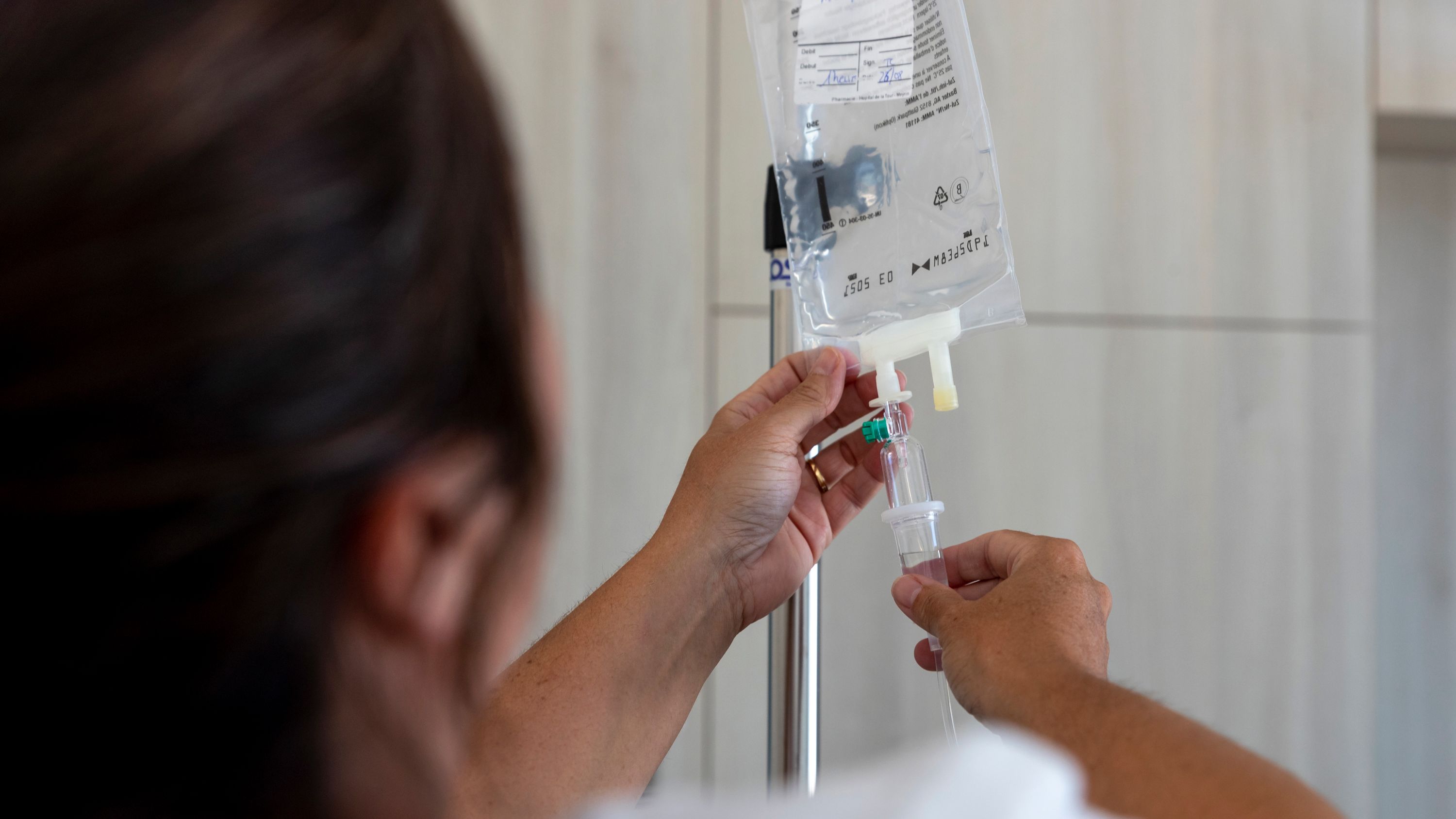 www.cnn.com
www.cnn.com
Also happened in 2017 when the *same supplier's facility in Puerto Rico got hit* (the US's primary IV / dialysis fluid supplier). They already knew this was an issue and never actually fixed it. IV fluids are one of the most basic medical supplies. And if I'm hearing correctly a lot of hospitals aren't rescheduling elective surgeries (and some electives are necessary / time limited but many aren't or are even cosmetic). Completely preventable problem that could be being managed better even now it's happened.
Summary > Eliezer Masliah, who since 2016 has been the head of the Division of Neuroscience in the National Institute on Aging (NIA), and whose scientific publication record over at least the past 25 years shows multiple, widespread, blatant instances of fraud. More details > Masliah appeared an ideal selection. The physician and neuropathologist conducted research at the University of California San Diego (UCSD) for decades, and his drive, curiosity, and productivity propelled him into the top ranks of scholars on Alzheimer’s and Parkinson’s disease. His roughly **800 research papers**, many on how those conditions damage synapses, the junctions between neurons, have made him one of the most cited scientists in his field. **His work on topics including alpha-synuclein—a protein linked to both diseases—continues to influence basic and clinical science**. > But over the past 2 years questions have arisen about some of Masliah’s research. A Science investigation has now found that scores of his lab studies at UCSD and NIA are riddled with apparently **falsified Western blots—images used to show the presence of proteins—and micrographs of brain tissue. Numerous images seem to have been inappropriately reused within and across papers, sometimes published years apart in different journals**, describing divergent experimental conditions. > > After Science brought initial concerns about Masliah’s work to their attention, a neuroscientist and forensic analysts specializing in scientific work who had previously worked with Science produced a **300-page dossier revealing a steady stream of suspect images between 1997 and 2023 in 132 of his published research papers**. (Science did not pay them for their work.) “In our opinion, this pattern of anomalous data raises a credible concern for research misconduct and calls into question a remarkably large body of scientific work,” they concluded. Related blog post on some drugs/therapeutic targets that rely on this work: https://www.science.org/content/blog-post/fraud-so-much-fraud
Saw this post on another site, and thought it would be helpful to link here > Go to the link to request that they add a Do Not Contact (DOC) or Do Not Release (DOC) restriction to their AMA Physician Professional Data record > [AMA Link](https://www.ama-assn.org/about/physician-professional-data/ensuring-physician-database-privacy). > I have worked on the Carrier side of malpractice insurance for nearly 10 years. Working in their marketing departments I can tell you this type of data was routinely purchased for mailers. If we wanted to we could buy full rights to the data, which allowed us to upload it into our SalesForce and CRM systems. They even offered to sell us data on physician computer activity by specialty so we could line up our email pushes with their most receptive times. > > I have even heard of carriers purchasing patient billing data to help determine a physician's professional liability risk profile. So if you have what they would deem a "riskier" patient population, they could charge you more. The old way was based on a broad risk profile by specialty and procedure codes.
EXAM: TESTICULAR ULTRASOUND CLINICAL INDICATION/HISTORY: Scrotal hematoma, follow-up examination, status post urethral reconstruction 8/27/2024 COMPARISON: Testicular ultrasound 9/1/2024 TECHNIQUE: Real-time two-dimensional gray scale, limited spectral/color Doppler interrogation of the scrotal contents was performed. FINDINGS: Right testicle- Morphology: Normal size and homogeneous echotexture Size: 4.5 x 2.5 x 3.9 m Vascular evaluation: Spectral and color Doppler analysis confirms unremarkable arteriovenous waveform morphology and preserved vascularity. Epididymis: Unremarkable Hydrocele: Small right-sided hydrocele with thin internal septation and small amount of echogenic debris. Varicocele: None Left testicle- Morphology: Normal size and homogeneous echotexture Size: 4.1 x 2.1 x 3.5 cm Vascular evaluation: Spectral and color Doppler analysis confirms unremarkable arteriovenous waveform morphology and preserved vascularity. Epididymis: The left epididymal body displays increased vascular flow. Hydrocele: Small hydrocele. Varicocele: None
 theconversation.com
theconversation.com
> For most of the medicines currently in use, a single drug is prescribed to many people. But sometimes, an individual patient needs a customized drug. Personalized medicine tailors treatments for a specific patient or a handful of patients. It holds great promise for treating certain life-threatening conditions. However, such treatments can be expensive, difficult to develop and labour-intensive. > > Today in The Conversation Canada, Lori Burrows and Elizabeth Li of McMaster University write about the promise and challenges of personalized medicine. Treatments like CAR T-cell therapy for relapsed cancers and phage therapy for antibiotic resistant superbugs can save lives, but the high costs that come with such individualized therapies are a major barrier. There are other hurdles, too, including drug approvals and regulations.
 globalnews.ca
globalnews.ca
cross-posted from: https://rss.ponder.cat/post/1945
 www.theglobeandmail.com
www.theglobeandmail.com
article archive link: https://web.archive.org/web/20240719142236/https://www.theglobeandmail.com/canada/article-two-people-dead-in-listeria-outbreak-linked-to-recalled-plant-based/
#### Highlights > - This study investigates why specialist physician fees vary. > - We consider variation between patients, physicians, specialties, and other factors. > - We find variation between physicians dominates other sources. > - Contrary to common beliefs, patient factors account for little of the variation. > - Our results inform policy to improve price transparency in specialist care market. #### More context: > Although Australia has a publicly funded health system that provides universal health coverage, about 44 % of the population holds private health insurance. Specialist physician fees in the private sector are unregulated; physicians can charge any price they want, subject to market forces. > We find that **patient risk factors** account for a small portion of the variance in fees and out-of-pocket payments > **Physician-specific variation**, responsible for much of the variation in total fees and OOP payments, could include physician characteristics that patients value, such as bedside manner, experience or reputation, or factors related to physicians’ circumstances or preferences. A key physician-level factor that may drive the variation is the perception of quality or skill differences between physicians. This perception can come from either consumers or physicians themselves about their quality or skill levels in comparison to other physicians in the physician's local market. [...] which can lead to large price variation and non-transparency of fees. #### Recommendations > The government, private health insurers and physicians themselves could all play a more active role than they currently do. The government, for example, could mandate the disclosure of price and quality information for all procedures that receive government subsidies, insurers could provide incentives for the disclosure of such information, and physicians could change their referral practice to give preferences to other physicians who are willing to be transparent about their prices and quality.
> A British Columbia provincial policy that forced people with chronic illnesses such as Crohn’s disease and rheumatoid arthritis to switch to cheaper medications saved the province more than $730-million over five years, according to a new government report. > > The B.C. government said Friday that the money freed up through its biosimilar switching plan allowed the province to expand public coverage of other drugs and devices, including Trikafta, a life-changing treatment for cystic fibrosis and continuous glucose monitors for people with diabetes.
> At the height of the COVID-19 pandemic, the U.S. military launched a secret campaign to counter what it perceived as China’s growing influence in the Philippines, a nation hit especially hard by the deadly virus. > Reuters identified at least 300 accounts on X, formerly Twitter, that matched descriptions shared by former U.S. military officials familiar with the Philippines operation. Almost all were created in the summer of 2020 and centered on the slogan #Chinaangvirus – Tagalog for China is the virus. > The military program started under former President Donald Trump and continued months into Joe Biden’s presidency, Reuters found – even after alarmed social media executives warned the new administration that the Pentagon had been trafficking in COVID misinformation. The Biden White House issued an edict in spring 2021 banning the anti-vax effort, which also disparaged vaccines produced by other rivals, and the Pentagon initiated an internal review, Reuters found.

30 April 1961 Leonid Rogozov does appendectomy on himself during his Antarctica expidition with help of driver and meteorologist.
 www.theguardian.com
www.theguardian.com
> I was incredibly strong and fit,” says Lucy Keighley. And she looks it, in the photo she is showing me, taken a few years ago. She is with her best friend, Lorna; they have just completed a 15-mile race on the North York Moors. “It was a brutal race,” she says. “But it was great. I was happy.” Today, although it’s quite dark in the room (she doesn’t get on well with bright light), I can see a tear rolling down her cheek. “I don’t know if I’m ever going to get back there.” > In the [most recent findings](https://www.ons.gov.uk/peoplepopulationandcommunity/healthandsocialcare/conditionsanddiseases/articles/selfreportedcoronaviruscovid19infectionsandassociatedsymptomsenglandandscotland/november2023tomarch2024) by the Office for National Statistics, released in April, an estimated 2 million people in England and Scotland (3.3% of the population) self-reported experiencing long Covid, meaning symptoms that continued for more than four weeks after infection, although many reported their symptoms had lasted two years or longer. Of those, about 1.5 million felt their day-to-day activities were affected, while 381,000 said their day-to‑day activities were “limited a lot”. Worldwide, at least [65 million people](https://www.nature.com/articles/s41579-022-00846-2) are estimated to have long Covid.
 www.nature.com
www.nature.com
 www.cuh.nhs.uk
www.cuh.nhs.uk
Opal Sandy from Oxfordshire in the UK is the first patient treated in a global gene therapy trial, which shows “mind-blowing” results. She is the first British patient in the world and the youngest child to receive this type of treatment. Opal was born completely deaf because of a rare genetic condition, auditory neuropathy, caused by the disruption of nerve impulses travelling from the inner ear to the brain. Within four weeks of having the gene therapy infusion to her right ear, Opal responded to sound, even with the cochlear implant in her left ear switched off. Clinicians noticed continuous improvement in Opal’s hearing in the weeks afterwards and at 24 weeks confirmed close to normal hearing levels for soft sounds, such as whispering, in her treated ear. Now 18 months old, Opal can respond to her parents’ voices and can communicate words such as “Dada” and “bye-bye.” "These results are spectacular and better than I expected. Gene therapy has been the future in otology and audiology for many years and I’m so excited that it is now finally here," says Professor Manohar Bance, an ear surgeon at Cambridge University Hospitals NHS Foundation Trust and chief investigator of the trial. Professor Bance hopes that this is the start of a new era for gene therapies for the inner ear and many types of hearing loss.
 edition.cnn.com
edition.cnn.com
cross-posted from: https://kbin.run/m/world@lemmy.world/t/410267 > More than 200 people with diabetes have been injured when their insulin pumps shut down unexpectedly due to a problem with a connected mobile app, the US Food and Drug Administration said Wednesday.
